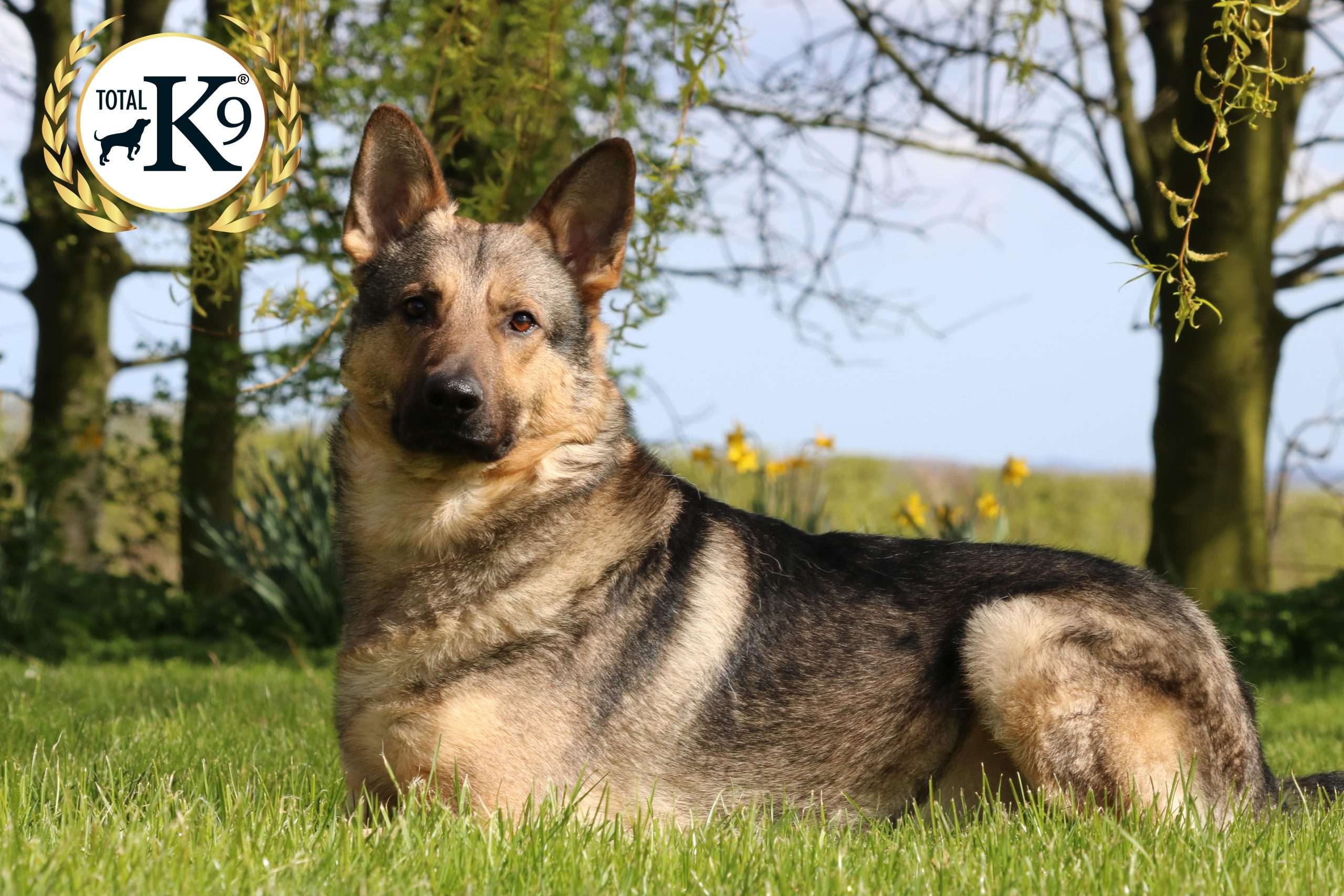Understand Guarding Behaviour
The first step in addressing guarding behaviour is understanding what triggers your dog.
Common triggers include the approach of people or other animals while they are eating,
playing with toys, or resting in a favoured spot. Observing your dog’s behaviour closely and
noting what prompts the guarding can help you create an effective training approach.
Guarding behaviour in dogs is a natural instinct that manifests in various ways. Often perceived as a display of possession, aggression, or loyalty, this complex trait can be both beneficial and problematic, depending on the context. In this article, we will explore what guarding behaviour is, its different types, causes, and how to manage it.
Definition of Guarding Behaviour
Guarding behaviour is the protective instinct displayed by a dog to keep something it values, such as food, toys, or territory, away from others. It can manifest as growling, barking, or even biting, aiming to warn others to keep their distance.
There are a few notable types of guarding behaviour that dogs exhibit, including:
Food Guarding
This is one of the most common forms of guarding behaviour in dogs. When a dog perceives a threat to its food, it may become defensive and exhibit signs such as growling or snapping.
Resource Guarding
Beyond food, dogs can also guard other valuable resources like toys, beds, or specific family members. This type of guarding is also related to a dog’s perception of its social hierarchy within the family or pack.
Territorial Guarding
Dogs may also guard their territory, including the home and yard. This is often seen as a positive trait, especially for guard dogs, but it can become problematic if the dog becomes overly aggressive.
Causes of Guarding Behaviour
There are several factors that cause guarding behaviour in dogs, such as:
Genetic Predisposition
Some breeds are more prone to guarding behaviour due to their breeding history. For example, livestock guardian breeds are more likely to display territorial guarding.
Environmental Factors
The environment and upbringing play a crucial role in shaping this behaviour. A lack of socialisation, negative experiences, or reinforcement of guarding behaviours can contribute to its development.
Insecurity
A dog might develop guarding behaviour if it feels insecure or threatened. The feeling that resources are scarce or could be taken away can lead to a heightened protective response.
Know the Signs of Guarding Behaviour
Guarding behaviour in dogs is a multifaceted and natural instinct that can serve both beneficial and detrimental roles. Understanding the types, causes, and ways to manage this behaviour can foster a harmonious relationship between dogs and their human companions.
Careful observation, patience, and professional guidance can help in nurturing a well-adjusted dog that does not feel the need to guard excessively.
How to Stop Guarding Behaviour in Dogs
Guarding behaviour in dogs is a natural instinct to protect the things they care about, such
as toys or food. Unfortunately, this behaviour is quite detrimental and should be addressed
before it develops into more severe responses such as growling or snapping. So in this blog,
we’ll learn how to stop guarding behaviour in dogs effectively.
Ways to Stop The Protective Nature
Dogs greatly benefit from leadership, so you should try to establish your role as a leader as
early as possible. Try to promote your status by providing lots of positive interactions and
setting boundaries like establishing where they can eat. You can also build on this through
other training sessions that focus on obedience.
Another useful approach is to desensitise your dog to situations where they would begin
guarding behaviour, such as approaching them while they’re eating. You can do this by
starting at a distance that doesn’t provoke your pooch, and then slowly advancing closer.
The key to this is to reward moments of calmness in your dog, as this will show them that the
presence of a trigger isn’t a threat but a potential reward.
Professional Help
If your dog’s guarding behaviour escalates or includes aggressive reactions like biting,
professional help from certified dog trainers like our team at TOTALK9 is strongly
recommended. We can offer more personalised training strategies and support, ensuring
safety for both your dog and your family.
Bring the Best Out of Your Dog by Eliminating Guarding Behaviour
Dealing with guarding behaviour in dogs requires patience, consistency, and understanding.
With the right strategies, you can help your dog overcome this behaviour and ensure a
happier, more harmonious relationship with all members of your household.

